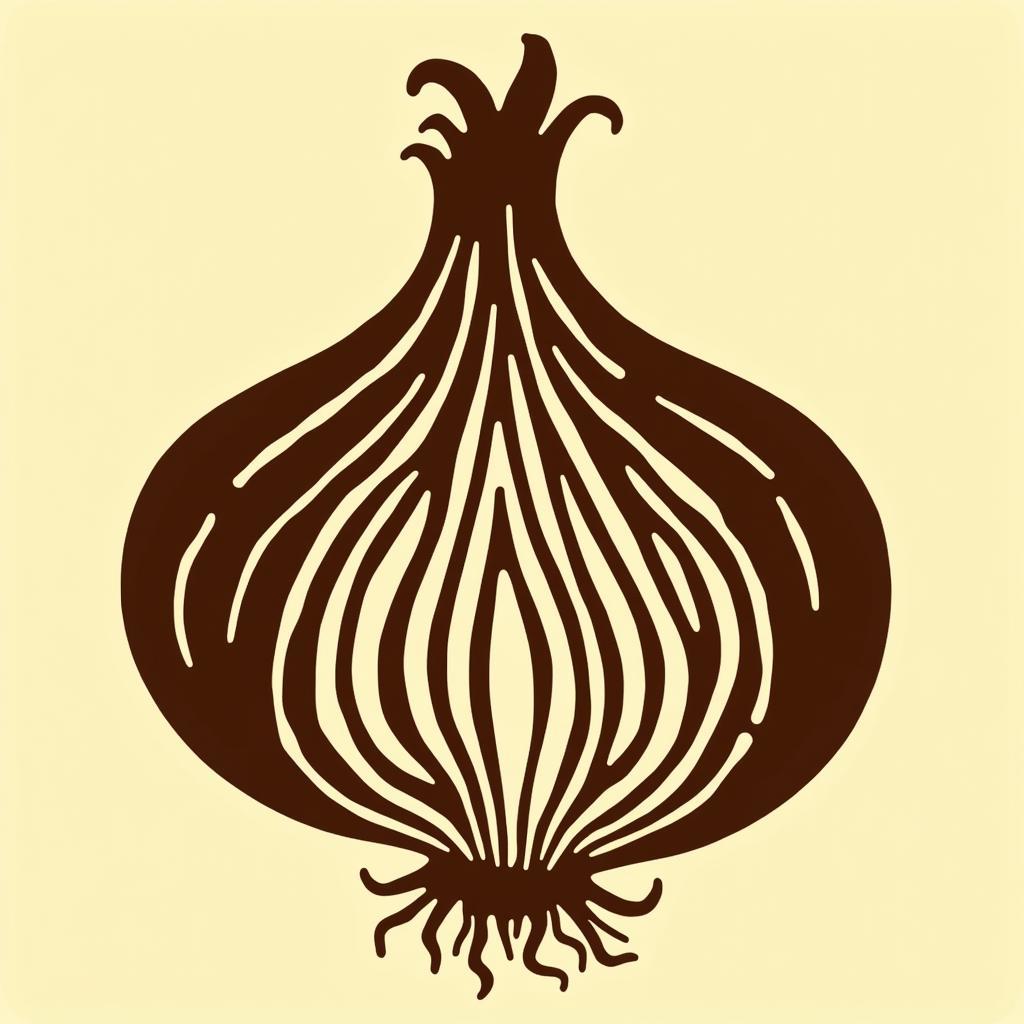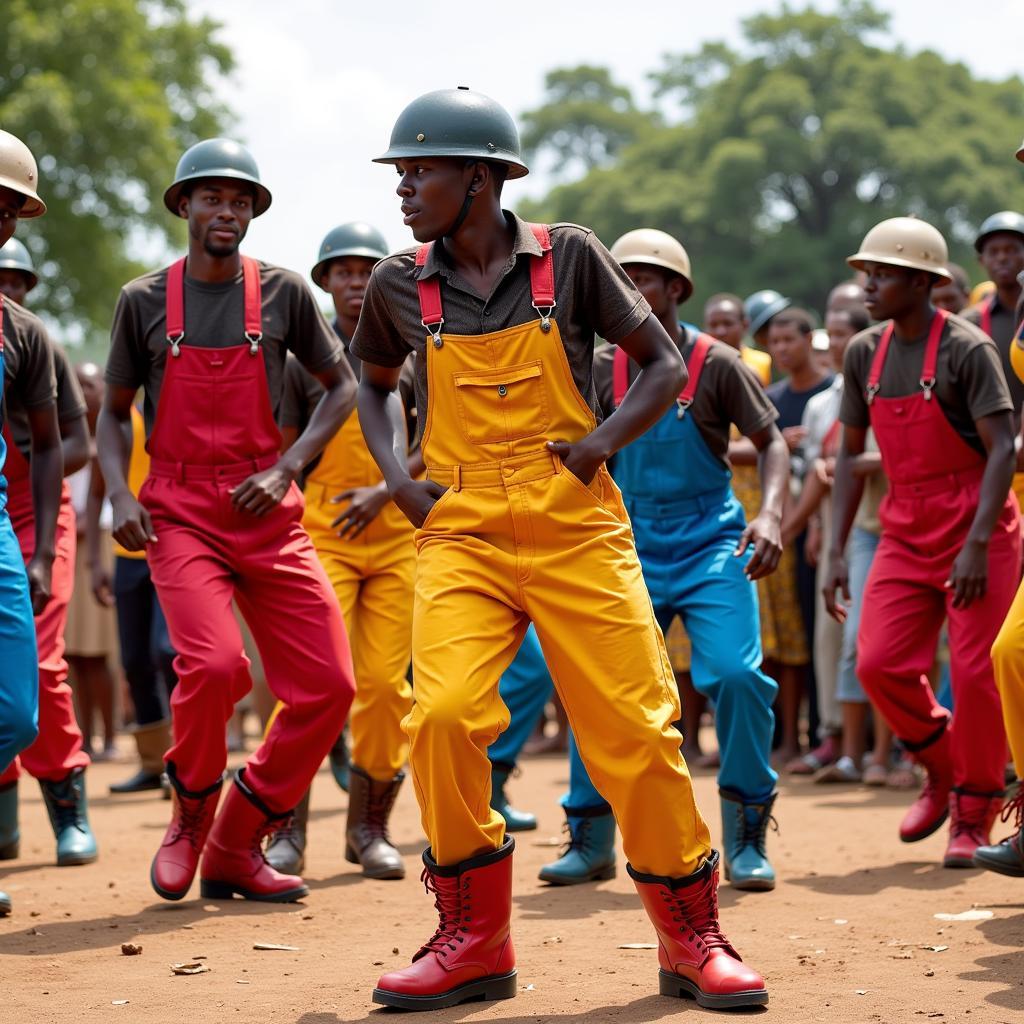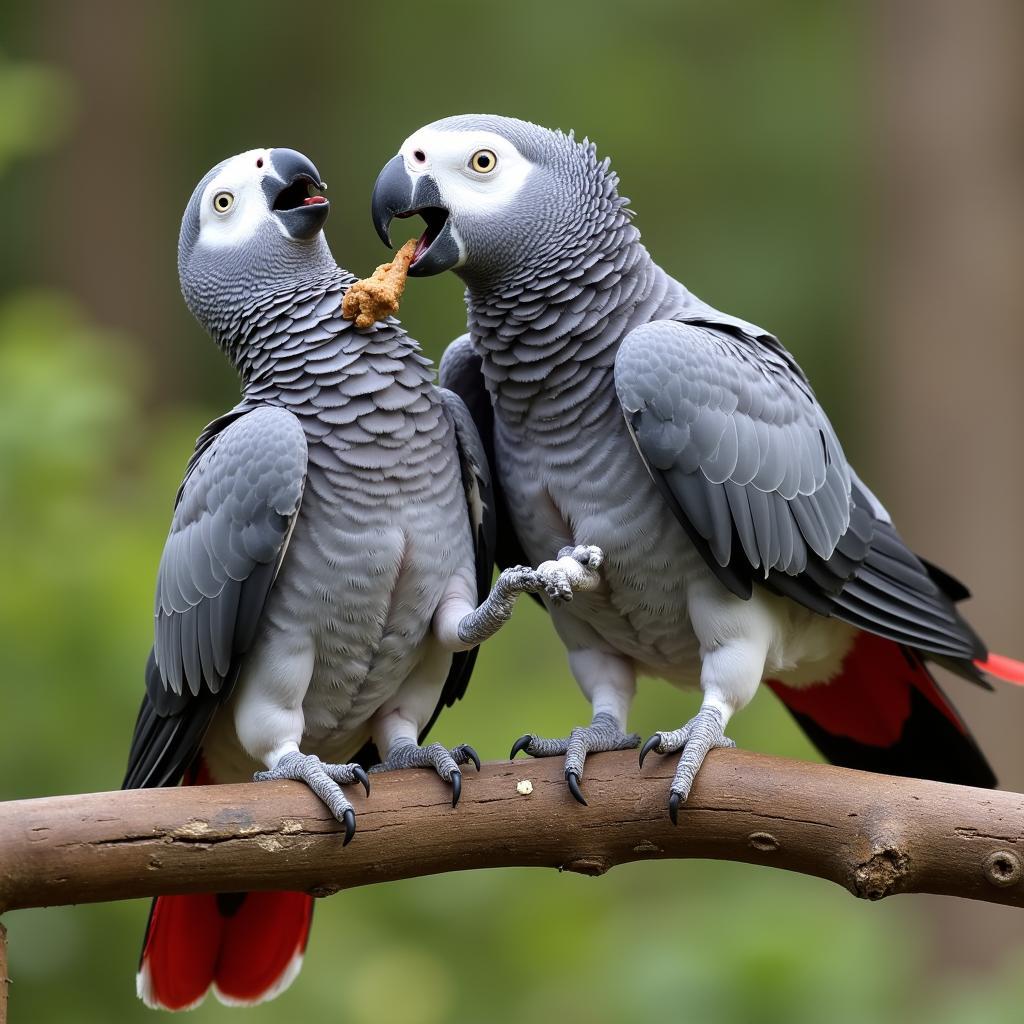Exploring the Vibrant World of African Music
African Music is a rich tapestry of diverse rhythms, melodies, and instruments, reflecting the continent’s vast cultural landscape. From the pulsating drums of West Africa to the soulful vocals of East Africa, exploring African music offers a captivating journey into the heart and soul of its people. african music instruments This vibrant art form plays a vital role in everyday life, accompanying ceremonies, rituals, storytelling, and social gatherings.
The Rhythmic Heartbeat of African Music
A defining characteristic of African music is its emphasis on rhythm. Complex polyrhythms, where multiple rhythmic patterns intertwine, create a dynamic and layered soundscape. These intricate rhythms are often produced using a diverse range of percussion instruments, including drums, rattles, and bells. The djembe, a goblet-shaped drum from West Africa, is perhaps one of the most recognizable African instruments, known for its powerful and resonant sound. The rhythmic complexity creates an immersive experience, engaging both the performer and the listener.
The Role of Call and Response
Call and response, a musical structure where a lead vocalist or instrumentalist is answered by a chorus or another instrument, is a common feature in many African musical traditions. This interactive element creates a sense of community and shared experience, blurring the lines between performer and audience. It’s a vibrant exchange that energizes the music and strengthens social bonds.
African Music: A Fusion of Genres and Influences
African music encompasses a vast array of genres, each with its unique characteristics and regional variations. From the highlife music of Ghana, with its blend of African rhythms and European brass band influences, to the isicathamiya vocal harmonies of South Africa, the diversity of African music is truly astounding. 9 characteristics of african music This rich musical landscape is constantly evolving, incorporating modern influences while staying true to its roots.
Exploring Regional Styles
From the hypnotic desert blues of Mali to the vibrant soukous of Congo, exploring regional variations within African music unveils a world of diverse sounds and traditions. Each region boasts its own unique instruments, musical scales, and performance styles. The kora, a 21-stringed harp-lute from West Africa, produces a mesmerizing sound that has captivated audiences for centuries.
The Cultural Significance of African Music
African music is deeply intertwined with the cultural fabric of the continent. It accompanies rituals, ceremonies, and storytelling, serving as a powerful means of communication and expression. african xxxxx Music plays a crucial role in transmitting knowledge, values, and history from one generation to the next. It’s more than just entertainment; it’s a living history, a cultural narrative passed down through generations.
Dr. Akintayo Olufemi, a renowned ethnomusicologist, notes, “African music is not just about sound; it’s about life. It’s the heartbeat of the community, the voice of the ancestors, and the rhythm of the future.”
The Future of African Music
African music continues to evolve, blending traditional sounds with modern influences. Artists are experimenting with new instruments, technologies, and genres, creating innovative and exciting musical hybrids. african beat future The global reach of African music is expanding, captivating audiences worldwide and influencing musicians across diverse genres.
Aisha Konaté, a celebrated Malian singer, shares, “African music is a powerful force, capable of connecting people across cultures and continents. It’s a gift to the world, a testament to the creativity and resilience of the African spirit.”
Conclusion: A Journey Through Sound
African music is a vibrant and dynamic art form, reflecting the rich cultural tapestry of the continent. From its complex rhythms and captivating melodies to its deep cultural significance, African music offers a captivating journey through sound. Exploring this diverse musical landscape provides a unique window into the heart and soul of Africa. a-star african musician
FAQ
- What are some common African music instruments?
- What is the significance of call and response in African music?
- How does African music vary across different regions?
- What role does music play in African culture?
- How is African music evolving in the modern era?
- What are some popular African music genres?
- Where can I learn more about African music?
Need assistance? Contact us 24/7: Phone: +255768904061, Email: kaka.mag@gmail.com, Address: Mbarali DC Mawindi, Kangaga, Tanzania.


